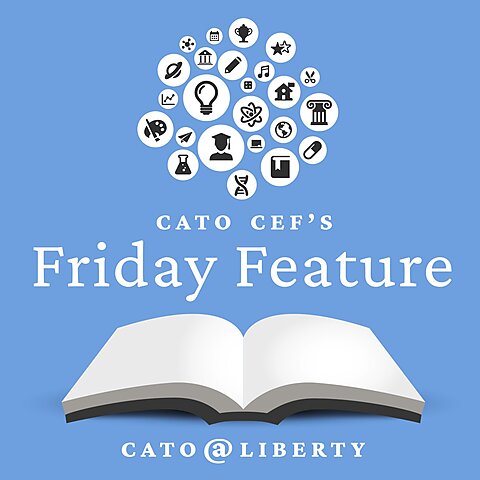When parents begin to customize their children’s education, the possibilities are nearly limitless. This is especially true with the emergence of à la carte providers, as is happening in South Florida. A recent report by Step Up for Students, a non-profit scholarship funding organization in Florida, looks at the “small but growing number of eclectic enrichment providers, single-subject operators, and tutors with a twist” that offer à la carte learning opportunities.
Eye of a Scientist, created by Dr. Neymi Mignocchi, is one of the providers highlighted in the report. Neymi received her PhD in neuroscience and integrated biology and has master’s degrees in experimental psychology and biology, but she knew all along she didn’t want to focus on academic research. “The academic world wasn’t for me—I wanted to go into educational outreach,” she explains. “My strengths were in mentoring students in the lab experience. During my program, every high school mentee that came in, they would just give them to me. I had an ease in being able to break down these very complex thoughts to children.”
She had a baby just before completing her PhD, so she decided to teach part-time to see what it was like—and to see what the kids were learning compared to her own education. She was also tutoring students because it was during COVID-19, and parents wanted support for their children who were learning online. “It got worse from when I was in high school and in middle school till now,” she says. “And I was like, what is this? Why are you only seeing two hours of science a month? That is not okay. And then your science is ‘read this and answer these three questions.’ That’s not science.”
Neymi’s teaching experiences got her thinking. “Scientists learn by doing,” she thought. “So why are these children not learning by doing?” She realized she wanted to create something that would give kids the chance to learn science the right way. Then a Montessori microschool asked her to teach a hands-on science class. She learned a lot working with the Montessori teachers and with a homeschool co-op that similarly approached her. These experiences helped her design Eye of a Scientist.
Things were coming together for Neymi by January 2021 as she was developing the methods and lessons she would use to teach various topics. “In essence, what I wanted to do is bring the laboratory to them so they can see that the whole world is a laboratory. And bring whatever topic we’re talking about to life by them doing it,” she says. “I try to keep my classes very small—10 students tops—because I feel like that keeps it very intimate.” The small size also helps her know when a child isn’t catching on or is getting distracted.
Neymi designs her classes so the kids go through the scientific method along with whatever topic they’re working on. “I’ve created three different age-dependent groups: lower elementary, higher elementary, and middle school,” she explains. “They all go through seven or eight modules, and each module is dedicated to a science field. I’ve included neuroscience and microbiology, my expertise, because I feel they should be learning how their body works, how their nervous system works, why their nervous system works the way that it does, why they think about things the way that they do, why they react to things the way that they do.”
The material for the lower elementary students is more concrete because Neymi says that’s how kids think at that age. They’re trying to make sense of the world. Lessons are more black and white, and they work on categorization. In upper elementary, she adds some “gray” into the mix—exceptions to rules, variables, etc. And they begin doing data collection with graphs and tables. In middle school, she works on teaching them to communicate their findings and think about relevance and how it fits in the world.
“In a way, I’ve created a research methods program for kids,” Neymi says. “It’s not just about science or learning all the facts about science. It’s about learning how to do the research behind whatever science we’re covering—geology, chemistry, physics, neuroscience—whatever it is, there is a guide.”
Most Eye of a Scientist classes are held at a local park, and Neymi says many parents appreciate the outdoor aspect of it. She also found a library that has a terrific indoor lab that she’s able to use when needed. She travels to microschools to provide on-site science classes for their students. Eventually, she’d like to have her own building to create an environment that will allow her to offer a variety of programming geared toward different ages and abilities. Having her own place would also enable her to let the students do experiments that last longer than a single class period, which she’s currently able to do for students in the microschools she travels to.
Around 150 students participated in Eye of a Scientist classes last year. Florida expanded its education savings account (ESA) to make it universal in 2023, which made the classes accessible to more families. Neymi says around 60 percent were homeschoolers and 40 percent were microschoolers—the homeschool numbers have especially increased with the universal ESA.
Neymi is thrilled when she sees children catching on to the science she’s teaching them. “I just love what I do,” she emphasizes. “I hope I can continue to grow and share my love for the laboratory life with students—and inspire them to continue to believe in themselves, be confident that they can learn anything, and see the whole world as their laboratory.”

